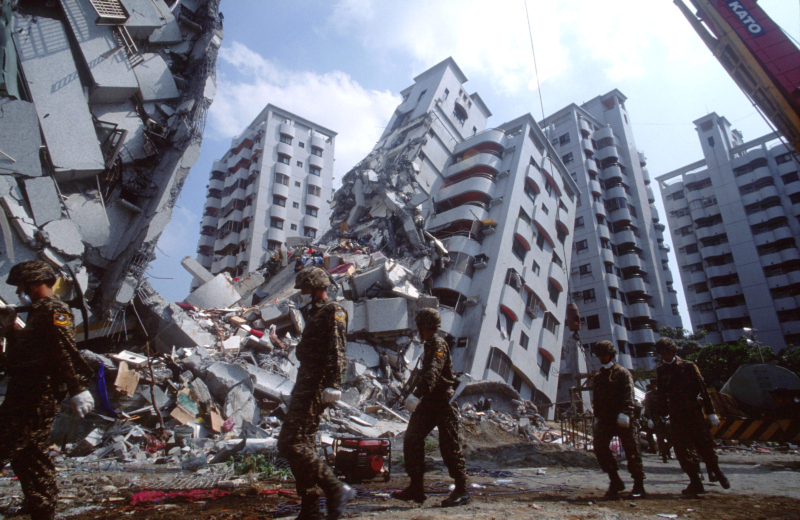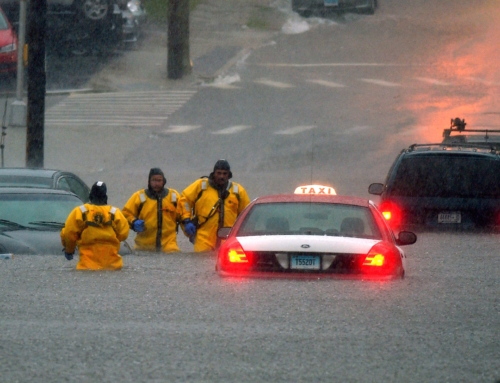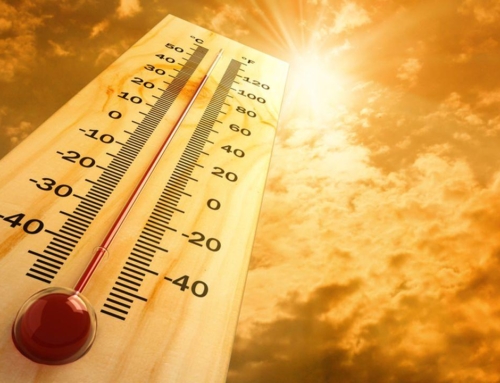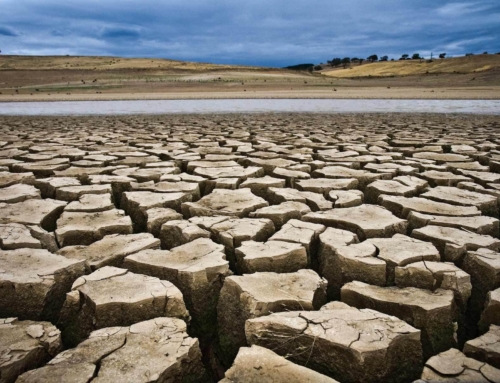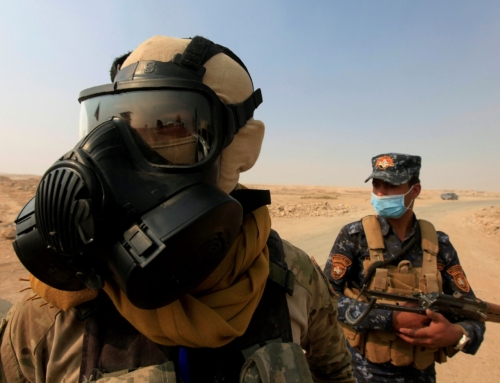Earthquakes are sudden rolling or shaking events caused by movement under the earth’s surface. Earthquakes happen along cracks in the earth’s surface, called fault lines, and can be felt over large areas, although they usually last less than one minute. Earthquakes cannot be predicted — although scientists are working on it!
All 50 states and 5 U.S. territories are at some risk for earthquakes. Earthquakes can happen at any time of the year.
Source: https://www.ready.gov/earthquakes
- Look around places where you spend time. Identify safe places such as under a sturdy piece of furniture or against an interior wall in your home, office or school so that when the shaking starts, you Drop to the ground, Cover your head and neck with your arms, and if a safer place is nearby, crawl to it and Hold On.
- Practice how to “Drop, Cover, and Hold On!”
- To react quickly you must practice often. You may only have seconds to protect yourself in an earthquake.
- Before an earthquake occurs, secure items that could fall and cause injuries (e.g., bookshelves, mirrors, light fixtures).
- Store critical supplies (e.g., water, medication) and documents.
- Plan how you will communicate with family members, including multiple methods by making a family emergency communication plan.
- When choosing your home or business, check if the building is earthquake resistant per local building codes.
- Stay where you are until the shaking stops. Do not run outside. Do not get in a doorway as this does not provide protection from falling or flying objects, and you may not be able to remain standing.
- Drop down onto your hands and knees so the earthquake doesn’t knock you down. Drop to the ground (before the earthquake drops you!)
- Cover your head and neck with your arms to protect yourself from falling debris.
- If you are in danger from falling objects, and you can move safely, crawl for additional cover under a sturdy desk or table.
- If there is low furniture or an interior wall or corner nearby, and the path is clear, these may also provide some additional cover.
- Stay away from glass, windows, outside doors and walls, and anything that could fall, such as light fixtures or furniture.
- Hold on to any sturdy covering so you can move with it until the shaking stops. Stay where you are until the shaking stops.
If getting safely to the floor to take cover won’t be possible:
- Identify an inside corner of the room away from windows and objects that could fall on you. The Earthquake Country Alliance advises getting as low as possible to the floor. People who use wheelchairs or other mobility devices should lock their wheels and remain seated until the shaking stops. Protect your head and neck with your arms, a pillow, a book, or whatever is available.
If you are in bed when you feel the shaking:
- If you are in bed: Stay there and Cover your head and neck with a pillow. At night, hazards and debris are difficult to see and avoid; attempts to move in the dark result in more injuries than remaining in bed.
If you are outside when you feel the shaking:
- If you are outdoors when the shaking starts, move away from buildings, streetlights, and utility wires. Once in the open, “Drop, Cover, and Hold On.” Stay there until the shaking stops. This might not be possible in a city, so you may need to duck inside a building to avoid falling debris.
If you are in a moving vehicle when you feel the shaking:
- If you are in a moving vehicle, stop as quickly and safely as possible and stay in the vehicle. Avoid stopping near or under buildings, trees, overpasses, and utility wires. Proceed cautiously once the earthquake has stopped. Avoid roads, bridges, or ramps that the earthquake may have damaged.
- When the shaking stops, look around. If there is a clear path to safety, leave the building and go to an open space away from damaged areas.
- If you are trapped, do not move about or kick up dust.
- If you have a cell phone with you, use it to call or text for help.
- Tap on a pipe or wall or use a whistle, if you have one, so that rescuers can locate you.
- Once safe, monitor local news reports via battery operated radio, TV, social media, and cell phone text alerts for emergency information and instructions.
- Be prepared to “Drop, Cover, and Hold on” in the likely event of aftershocks.
Listen to Local Officials
Learn about the emergency plans that have been established in your area by your state and local government. In any emergency, always listen to the instructions given by local emergency management officials.
- America’s PrepareAthon!
- The Great ShakeOut
- Federal Emergency Management Agency
- U.S. Geological Survey Earthquake Hazards Program
- American Red Cross
- Earthquake Country Alliance
- National Science Foundation
- National Institute of Standards and Technology
Publications
If you require more information about any of these topics, the following resources may be helpful.


